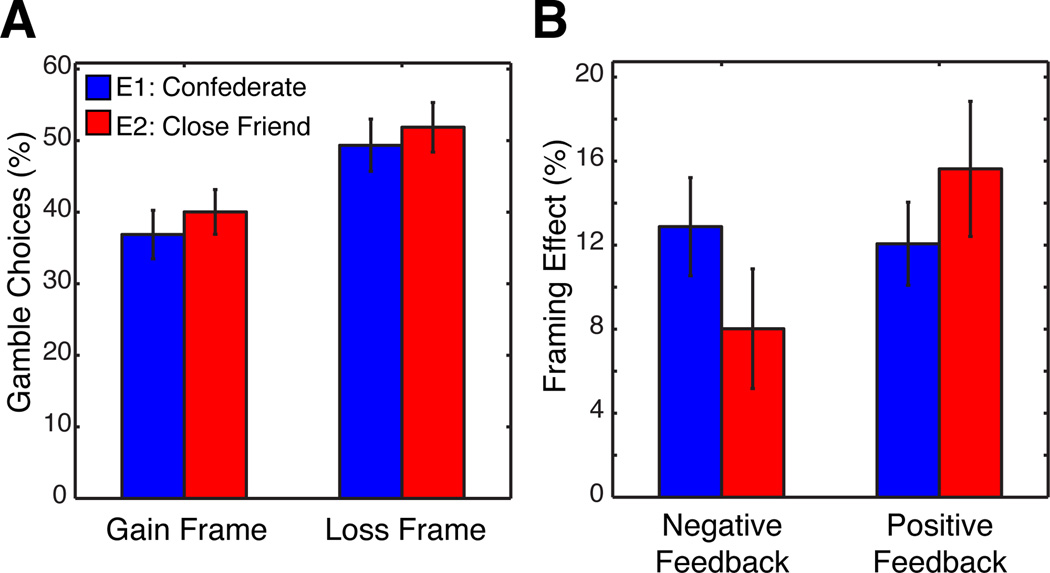Figure 2. Social closeness modulates the effects of SFB on the magnitude of framing effect.
Two panels A and B illustrate behavioral interaction between participants’ choices and contextual factors. (A) The percentage of choosing gamble over safe options (y-axis) in either Gain of Loss frames (x-axis) in Experiment 1 (confederate, blue bar) and 2 (close friend, red bar) indicated participants’ susceptibility to the way a choice was presented -- i.e., the framing effect. (B) Each bar represents the magnitude of the framing effect, calculated as a difference in choosing a gamble options between Loss and Gain frames (y-axis), for both positive and negative social feedback (SFB) (x-axis). Our results indicated that the effect of feedback valence was exacerbated for Experiment 2 (red) relative to Experiment 1 (blue).

